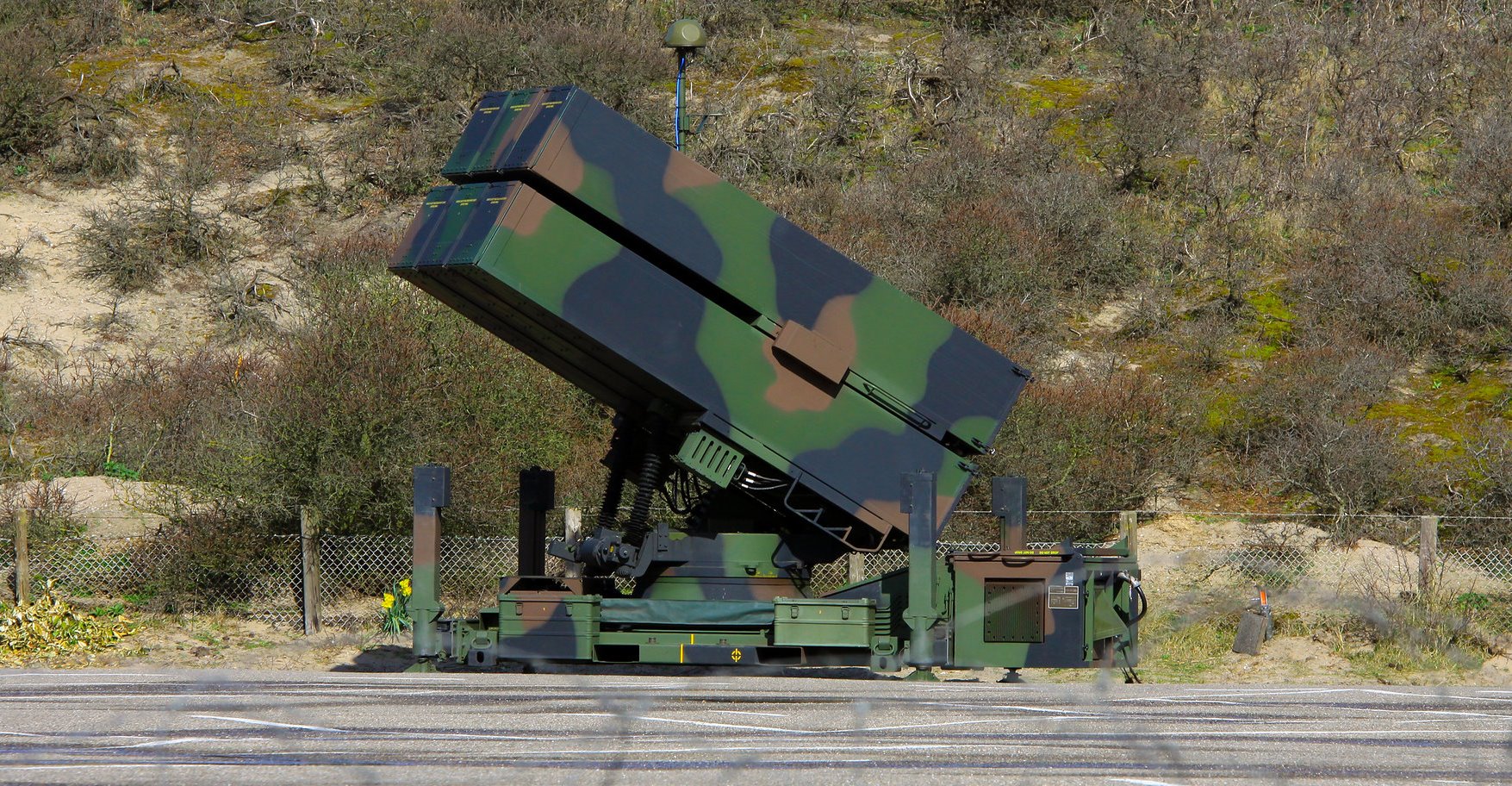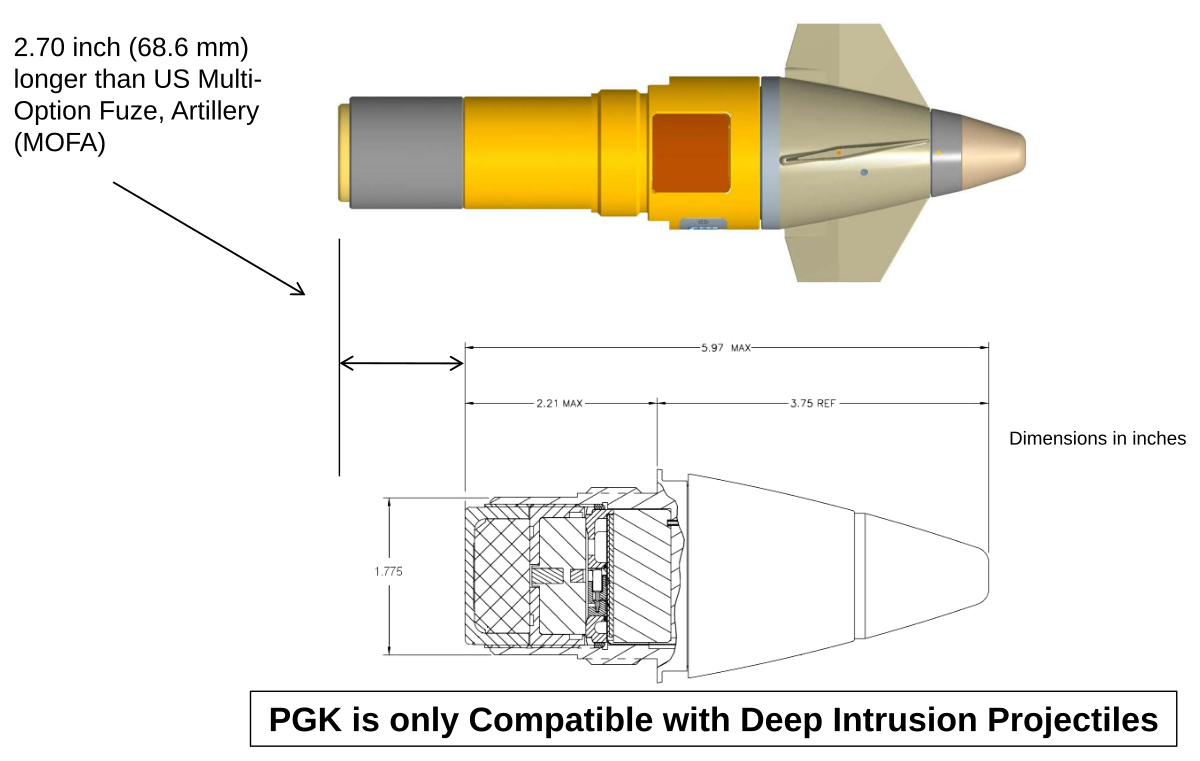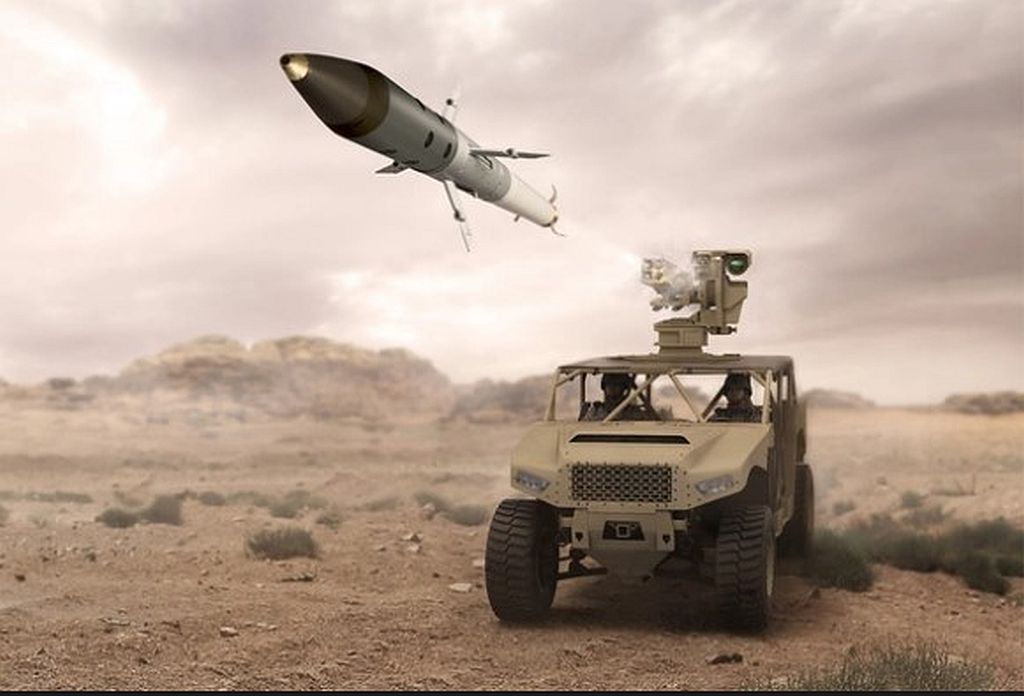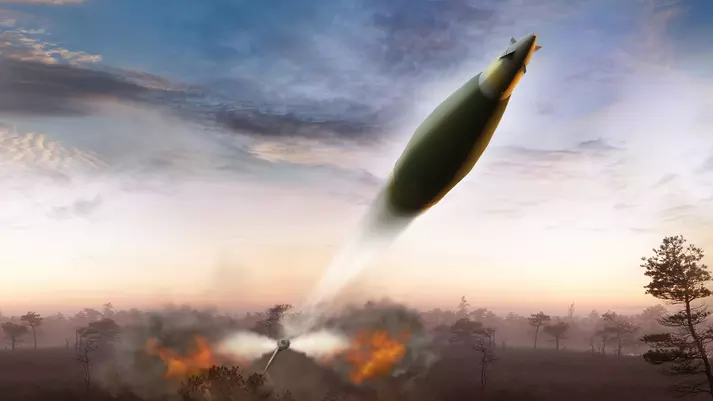That would have to be one hell of a push, perhaps by an occupying power who has run out of room and that’s about it.
We are on a path to being out of the defence products business and people don’t seem to accept that.
The CSC will be the death knell of “made in Canada at any cost”.
I disagree, We have many smaller companies that provide critical specialized services to the larger defense companies. Although the small companies eventually get bought up. It still proves that we have the capability to do so.
As for Irving/ Seaspan crapping the bed on manufacturing a viably priced vessel. That has more to do with all the political aspects of financial and career kickbacks then actual process.
The government needs to buy out the ship yards and lease them to the companies. Then give the contract out to the best bidder. Higher those who want a job. Not those with political connections.
Canada cannot be competitive if we keep allowing a company such as Irving to walk all over us. The cost of building the ships is out to lunch. The cost of maintaining them similar.
Look at the fiasco on the west coast with the Frigate upgrades for New Zealand, what should have been a good long term contract turned into a fiasco of stupidity.
To many Canadian companies have not been responsible because they are the only major players in a field. So the government both provincial and federal bail them out. So they do not need to be competitive, only need to threaten to close up shop and loose jobs. Then government comes with the purse strings open.
Algomas the one.
That being said they could do that because the factories, tooling, and skilled tradespeople already existed in country. Not nearly as many factories or skilled tradespeople in country as there was then.
You would be surprised how many skilled trades people there are across the country. Lots of smaller specialized shops building specific parts. If they all grouped together it would be pretty significant.
The real issue we are going to have in the next 10-20 years are all those hands on skilled people are going to be retired or passed on. That will leave a gap like we have not seen in our life times.
Lets not forget CNC has allowed us to machine and build more with less people.
I have seen a few shops transition an entire floor of machinists and go with cnc machines. (most were retiring and or they found other jobs for their people) but the transition has been on going for many years.
Don't kid ourselves there are still lots of skilled Trades people across Canada working in manufacturing.






:quality(70)/cloudfront-us-east-1.images.arcpublishing.com/archetype/R3A4H6WZAVHMXHABW6ADWJNUUA.jpg)




